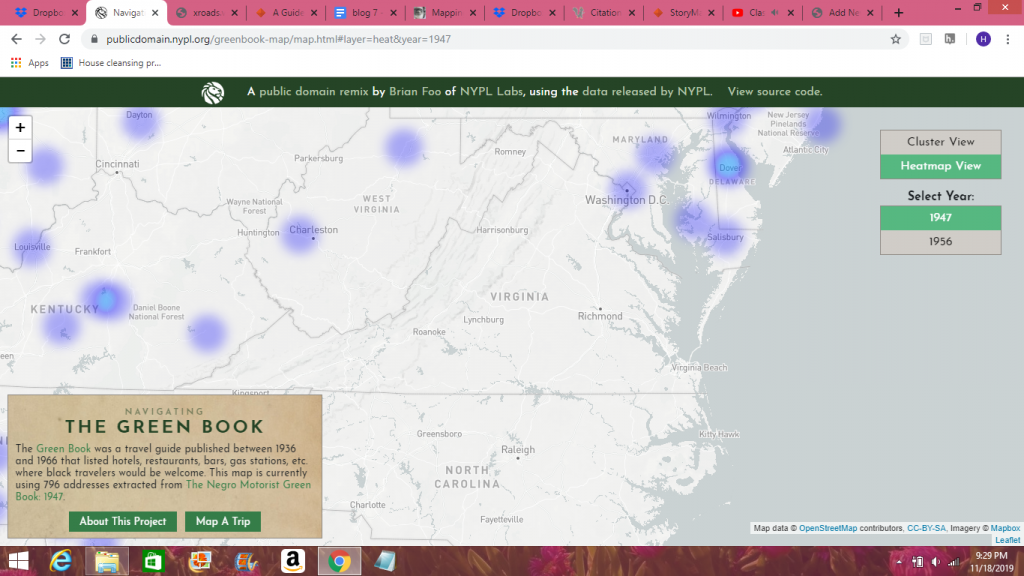The Federal Theatre Project was not as glamorous, or as long-lasting, as some of its other New Deal programs. However, during the short four-year period that it existed, the FTP made waves. My historical question was: what impact did the Federal Theatre Project have on the culture of the United States?
Even before the onset of the Great Depression, theatre was struggling. Movies had grown in popularity, and traditional theatre found itself more and more pushed to the side to make way for cinema. “Unable to compete with the motion picture industry, actors, stagehands, technicians, musicians, and vaudeville performers found themselves displaced by technology even before the depression” 1. Naturally, this forced theatre workers to look for employment elsewhere, and the onset of the Depression made this search all the more difficult.
The president at the time, FDR, started the New Deal in an attempt to ease the unemployment throughout the country, and also revitalize the arts. Through this New Deal, many different projects sprang up to deal with the issue, and one of them was the Federal Theatre Project. Some of the other projects, such as the Federal Arts Project and the Federal Music Project, gained success and a positive reputation. The FMP especially. The president and first lady “sponsored a series of nine concerts… in the White House between 1934 and 1942” 2. However, unlike the other projects, the Federal Theatre Project did not succeed as a project in the long run, and it is considered “the least successful of all the projects in this artistic/political endeavor” 3.
Even thought the Federal Theatre Project was ultimately considered unsuccessful, the project still made an impact. It put theatre workers and actors to work again, and it produced many different plays and productions. One of the most notable productions of the FTP was the play Macbeth, which was altered to have a 19th century Haitian background, and an all-black cast. The play was very successful in drawing an audience, and it “ran for 10 sold-out weeks at the Lafayette” 4. The success of the play encouraged an interest in more African American versions of classical tales.
I chose to focus my final project on the Federal Theatre Project because the subject of theatre interested me. As a child, I had always enjoyed being a part of my local school and church play productions, and, later on, I developed an interest in musicals and opera. I was lucky enough to see renditions of “Les Miserables” and “Phantom of the Opera” in person in Washington DC, and I was awed by them. Since then, I have always had an interest in theatre.
For my exhibit, my first skill page is a couple of image annotations. The images are photos taken at the outside of theatres in which the “Voodoo Macbeth” was shown. They depict the large crowds and enthusiasm of the people at the play. The second skill page is a timeline of the Federal Theatre Project, and it lists the major events of the FTP. The third skill page is a storymap that illustrates a few of the major cities that the popular “Voodoo Macbeth” toured. These three skill pages help to illustrate the impact that the FTP had through visual means.
The history of the 1930’s is interesting, and many different things happen within that decade. It was a time of great change. I’ve found that the digital humanities is a useful tool for studying history, as it allows for a more in-depth and personal view of peoples’ lives through time. There is value in that, and I intend to look for more digital humanities projects when I do historical research again.
Exhibit: http://jessicadoeshistory.com/cnd/exhibits/show/the-ftp




